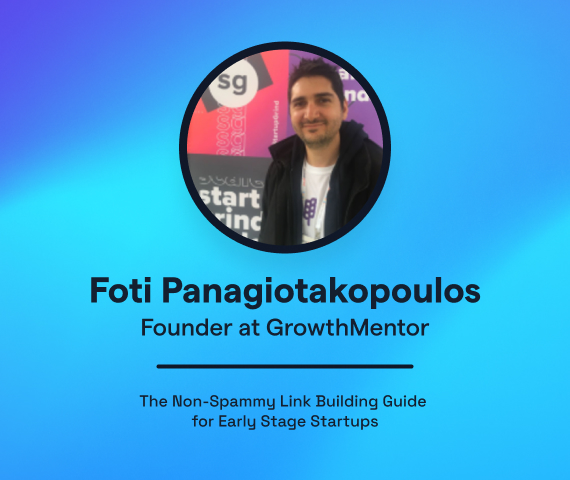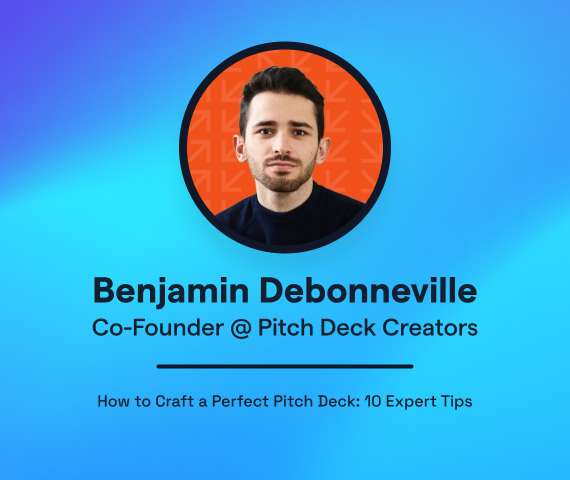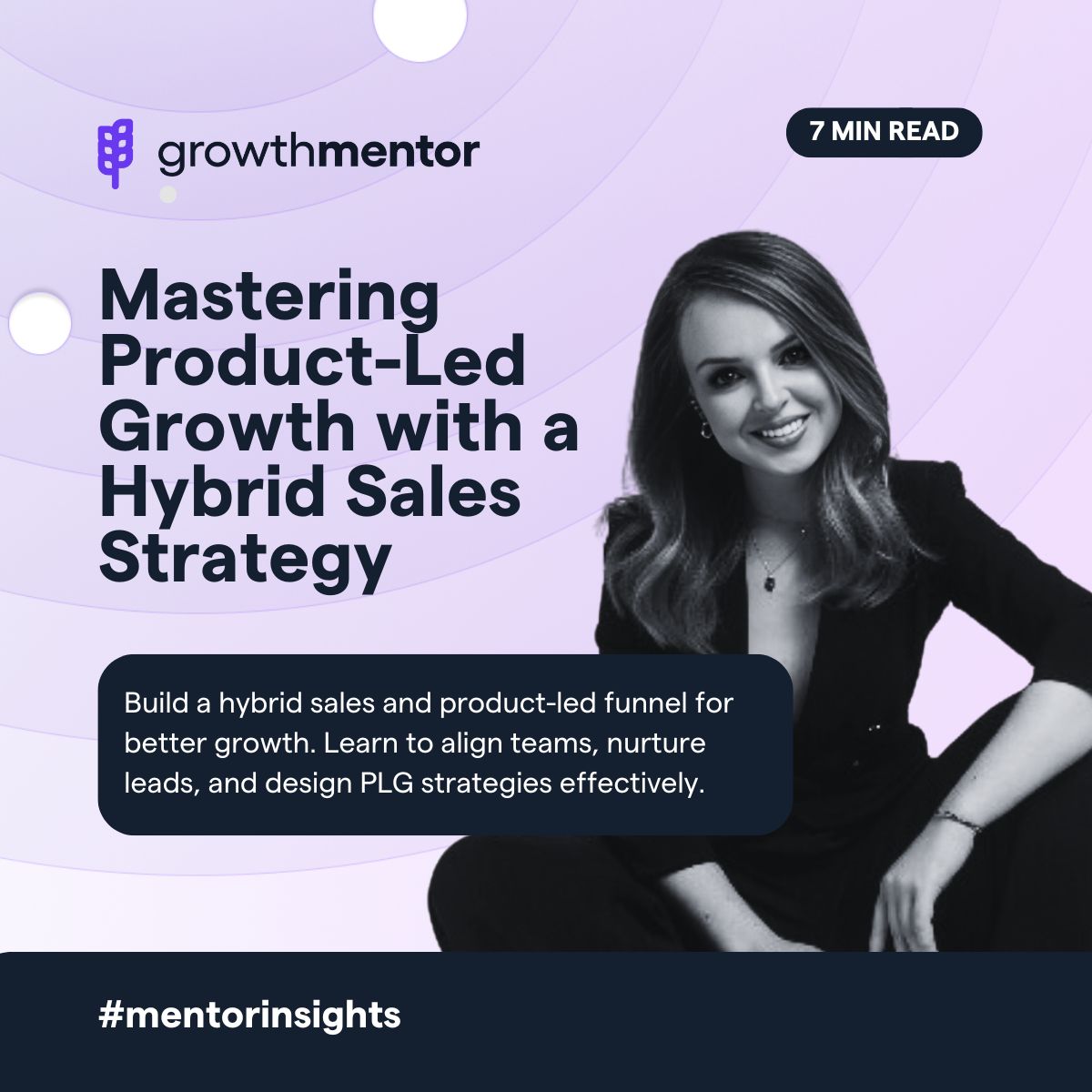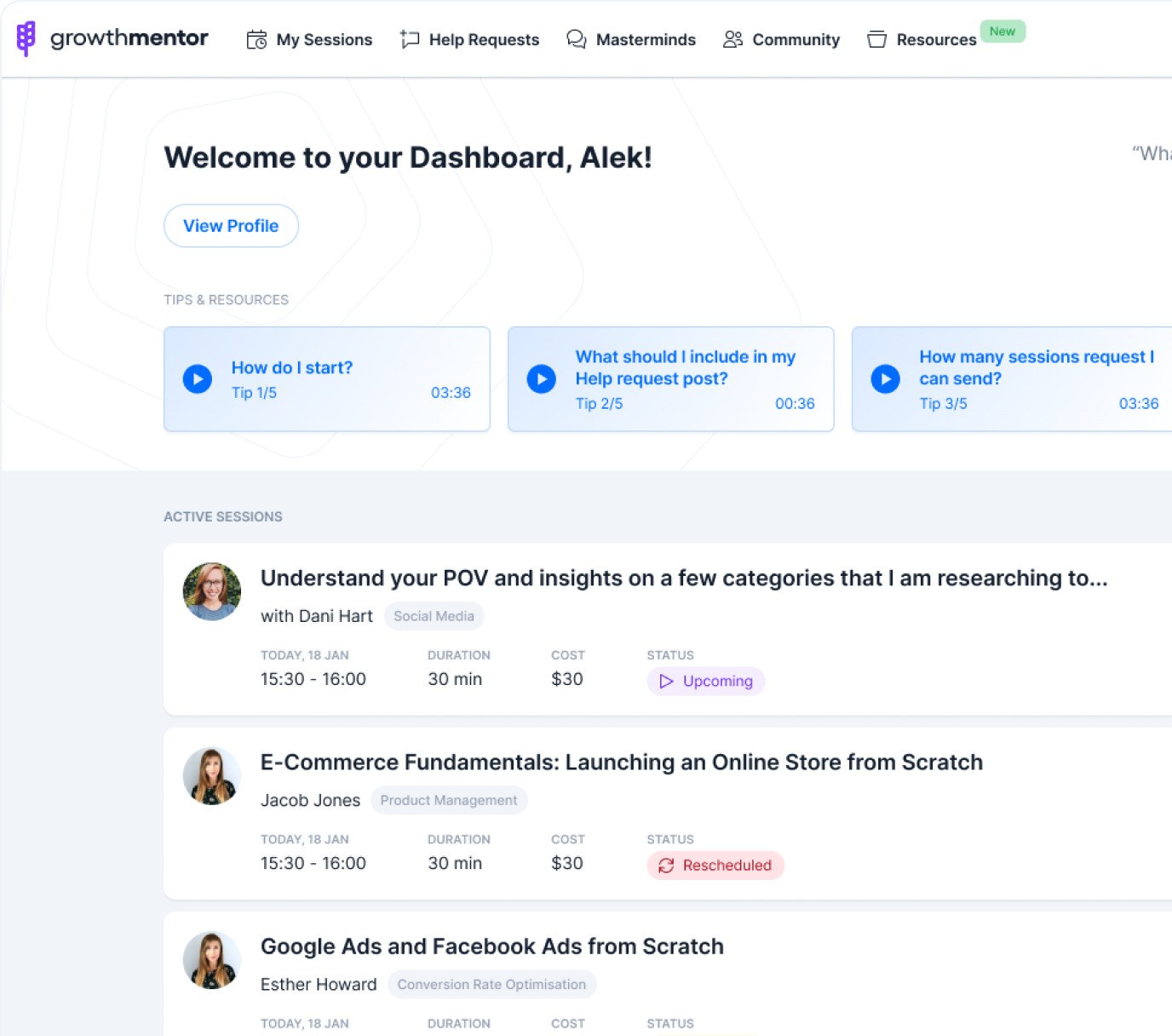The 30-Minute Automation That Killed My 8-Hour Competitor Research Ritual
Sunday night. That familiar dread is creeping in about tomorrow’s competitor research ritual.
You know you’ll spend the next 3-4 hours visiting competitor websites, manually screenshotting their latest LinkedIn Ads, and updating that increasingly unwieldy spreadsheet that never gives you the insights you need. What if there’s a 30-minute setup that could automate all of that forever, and give you intelligence that most CMOs would kill for?
Three weeks ago, during a Tuesday morning GrowthMentor call, I watched a founder’s entire approach to competitive intelligence transform in real-time. It made me question why so many of us are still doing this work manually.
The Sunday Night Dread
The founder runs an online training company. Smart guy, engineer by background, building something genuinely useful for HR teams. But every Sunday night, he’d get this sinking feeling.
Monday meant competitor research day.
He’d burn 3-4 hours every week playing digital detective. Fifteen browser tabs of competitor websites. Screenshots like some corporate stalker. Spreadsheets that crashed when he added too many images.
The worst part? Missing campaigns that launched and vanished between check-ins.
“I’m spending a lot of time on this every week,” he told me. “That’s a lot of hours just screenshotting ads.”
I get it. I used to think manual competitor research was the price of staying competitive. Put in the hours, stay informed. But he was burning significant time every month on research that LinkedIn gives away for free.
When Tool Thinking Becomes Systems Thinking
“You’re thinking like a tool user when you need to think like a systems builder,” I said.
He’d reached out because his Google Ads ROI was tanking, down from 5-6x to barely 1.2x. He wanted to test LinkedIn Ads. Fair enough. But as he described his elaborate weekly ritual, I realized he wasn’t looking for better tools.
He needed an intelligence architecture.
“Let me show you something that will change how you think about competitive intelligence forever.”
His response was predictable: “Another tool recommendation? I need to see what they’re doing with their campaigns.”
I paused. “This isn’t about tools. This is about building intelligence systems that compound over time.”
What I was about to show him wasn’t automation, it was a completely different way of thinking about competitive advantage.
The Hidden Intelligence Goldmine
“Type in your competitor’s name into LinkedIn Ad Library,” I said.
“LinkedIn has an ad library?”
That’s when I knew we were onto something excellent.
LinkedIn Ad Library is their transparency tool. It shows every single ad any company has ever run. Not current campaigns. Everything. Historical data going back 18+ months, exact messaging evolution, creative formats, targeting insights.
Completely free.
“Holy shit,” he said as the results loaded. “They’ve run 1,500 ads?”
426 were currently active in his region alone. He had been manually tracking maybe 10-15 of their recent campaigns. LinkedIn was showing us its entire advertising DNA for free.
But here’s where most people stop. They use LinkedIn Ad Library like a search engine: look up a competitor, scroll through some ads, maybe take a screenshot.
That’s tool thinking.
Systems thinking asks: “How do I turn this goldmine into automated intelligence that works while I sleep?”
Building Intelligence While You Sleep
I walked him through LinkedIn Ad Library first, showing him how it reveals every competitor ad with historical data going back 18+ months.
“This is incredible,” he said, exploring their main competitor’s campaign history. “I’ve been manually tracking maybe 15 of their recent campaigns, but this shows everything.”
Then I showed him Coefficient, a tool I use to pull campaign performance data that LinkedIn’s native dashboard doesn’t surface well. “I use this to get detailed metrics and build pivot tables for insights that the standard LinkedIn reports miss,” I explained.
The real breakthrough was connecting these concepts: “What if you approached all your manual research this systematically? LinkedIn Ad Library gives you the competitive intelligence for free. Tools like Coefficient can automate the data analysis you’re doing manually elsewhere.”
He went quiet for a moment, absorbing the implications.
“This would save me hours every week. And I’d actually have better insights.”
The Question That Changes Everything
As he explored his new systematic approach to competitor research, he asked the question that separates systems thinkers from tool collectors:
“If I can systematize competitor research like this, what other intelligence gathering am I doing manually?”
The breakthrough came fast.
Within our session, we’d identified automated approaches for LinkedIn Ads competitor tracking, organic content monitoring, hiring pattern analysis, and market timing intelligence.
His mind was racing. “My marketing team could get automated competitive briefings every Monday morning. Sales could access real-time competitor messaging during prospect calls instead of using those outdated battle cards we printed months ago.”
This is what I call the Intelligence Stack, layered automation that turns competitive research from a weekly chore into a strategic advantage that works in the background.
What 400 Hours Actually Buys You
Here’s the math that made his jaw drop:
Before: 8+ hours weekly of manual research = 416 hours annually
After: 30 minutes setup + 10 minutes weekly review = 9 hours annually
Time reclaimed: 407 hours per year
That’s over 10 full work weeks. For the cost of Coefficient (starts at $20/month), he was buying back 400+ hours of his life.
During our call, we could immediately see how this would change his competitive positioning. He could spot messaging trends in real-time instead of weeks later. He could track competitor expansion patterns. He could counter their messaging immediately instead of playing catch-up.
The automation wouldn’t just save time. It would make him smarter.
Your 30-Minute Intelligence System
Here’s the systematic approach we developed:
Start with LinkedIn Ad Library for comprehensive competitor research (5 minutes to set up search and filters). Create organized folders for different competitors and campaign types (10 minutes). Use tools like Coefficient for your own campaign data analysis and reporting automation (15 minutes setup).
The key insight? Stop doing manual data collection when platforms provide the intelligence for free. Focus automation efforts on your own campaign analysis and reporting, not competitor research.
Set up systematic review schedules, such as Monday mornings, for competitive intelligence updates. Create templates for organizing insights. Build processes that scale without requiring more manual work.
Most people do this backward; they start with analysis tools and try to feed them data manually.
What This Really Changes
Watching that transformation happen during a single GrowthMentor session reminded me why I love these conversations. Most business problems aren’t complicated. They require thinking systematically about work we’ve always done manually.
The founder left our call with a completely different approach to competitive intelligence. Instead of dreading Monday morning research, he was excited about the insights his automated system would generate.
That mindset shift from information gathering to intelligence architecture changes everything.
Your Sunday Night Challenge
Here’s what I want you to do. Right now, before you check another email or scroll LinkedIn, open a notepad and write down every repetitive research task you did this week.
Competitor pricing checks. Social media stalking. Website change monitoring. Industry news gathering.
Pick one.
Then ask yourself: “Is there a systematic approach or free tool hiding behind this manual work?”
Nine times out of ten, there is. If this founder’s Sunday night dread can disappear in 30 minutes, yours probably can too.
While your competitors are still taking screenshots, you’ll be building intelligence systems that work in your sleep.




